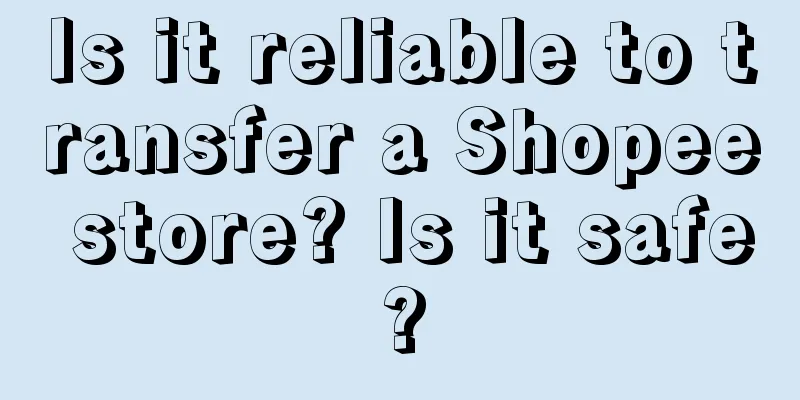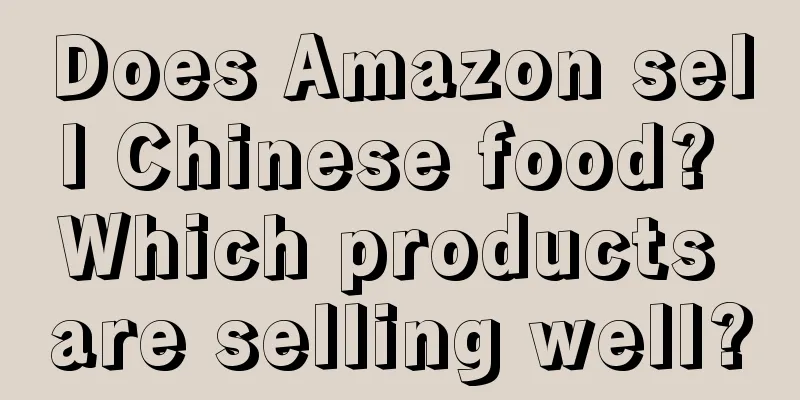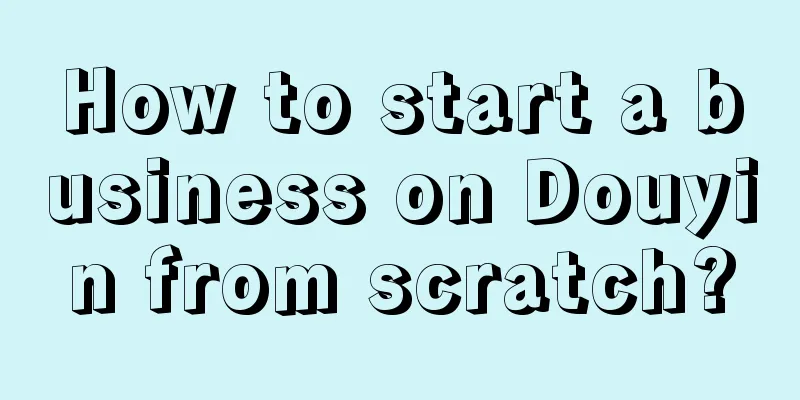2022 Annual Review (I): The underlying logic of good products, good growth, and good sales

Starting today, we will start the 2022 annual review. We use a CEO performance dashboard framework (see figure) to understand and deconstruct, helping CEOs to think in higher dimensions and attack in lower dimensions. In 2022, the most important thing is the growth of brand effect. It will be difficult to simply build a brand or simply increase traffic without connecting the two. Does brand effectiveness growth need to cover three battlefields? The first is the product battlefield , the second is the content battlefield , and the third is the value battlefield . Language is not only a means of expression, but also a tool for thinking. So what languages do we use in these three battlefields?
Why is this?
Overall, 2022 is a journey against the current. To retreat is fate, not to retreat is luck. 01 How to create a good product?It will be very difficult to achieve performance growth in 2022. We divide brand-effect growth into three dimensions and nine key success factors , making it easier for CEOs to observe, measure and make decisions. So today let’s talk about the first key success factor in the product battlefield: good products . How to create a good product? Simply and crudely, we will analyze it from three perspectives: hard power, soft power, and comprehensive strength . 1. The hard power of a good productWhat is hard power? It’s your ability to solve customer problems. Customers don’t need your product; they need a solution to their problem. The better you are at solving customer problems, the stronger your hard power. But, there is another but here. If your competitors can also solve your customers’ problems, then your hard power is weak. If you have 10,000 competitors, your hard power can be replaced in large quantities and will be worthless. Because you provide industry-wide solutions and your products are highly homogenized, you will often end up in price wars. If, there is another if here. If you have a technical handle, this technology can be hard technology such as chips, soft technology such as a chef's know-how in cooking, or platform technology that 7-11 uses in operations and management beyond products, then your hard power will become stronger. 2. The soft power of a good productWhat is soft power? It is easy to understand, remember and spread. There is always a wide river between merchants and customers. This big river is information asymmetry. Information asymmetry can easily lead to heart attacks in merchants. Parents who have helped their children with homework should have a deep understanding of this. It is not important how much knowledge parents know. What is important is to explain it to their children in a language that they can understand, and to repeat it many times until the behavior habits are formed. Only at this point of knowledge can the heart be relieved. It is important to remember: Merchants are always experts, and customers are always novices. Only content that is easy to understand, remember and spread can cross this river. 3. Comprehensive strength of good productsWhat is comprehensive strength? Ten minutes on stage, ten years of hard work off stage. When a product sells well, its competitiveness is often not just in the product dimension. There is too much content in this comprehensive strength, so we simply and roughly divide the merchant products into four categories:
Obviously, let’s ignore 1 and 2. Let’s focus on 3 and 4. 3 and 4 have an underlying logic, which is that a chemical reaction occurs between the product’s selling points and the customer’s buying points, otherwise it would be impossible to produce a hit product. There is another difference between 3 and 4. The advantage of 4 over 3 is that it has amplified its voice, breaking away from the limitations of channel traffic and gaining customers from the general public, thus achieving its dominant position. 4. SummarySo, let's make a summary of the above: What is a good product? Good product = function + demand + communication What does it mean? If there is no hook in terms of function , it is just an industry selling point, homogeneity, and price war. If you focus on promoting functions and using professional terms to customers, they may not be interested in listening to you. This is because customers care about solving their problems, not your functions, and have no interest in learning professional knowledge. Therefore, we need to refine the functions and needs and find the targets and media that can create chemical reactions and spark love at first sight. Even if we have achieved this, it can only be a company-level big single product. How can we upgrade it to a social-level big single product and crush our competitors? Communication elements must also be added and integrated into the product definition, such as the cat claw cup (we will explain this in detail when we talk about the content battlefield). 02 How to create good growth?What is good growth ? Here we have a few questions:
So let’s talk about the second key success factor in the product battlefield today: good growth . How to create good growth? To put it simply and crudely, we have put forward two major strategies within the product battlefield: one is product-based growth , and the other is growth-based products . 1. Product-based growthWhat is product-based growth ? It means to find customers and traffic along the logic and path with the highest product conversion rate. Specifically, there are three things to do:
What does explicit demand mean? Explicit demand means that customers have been educated and have formed purchasing habits and behaviors. This conversion rate is the path with the lowest marketing cost. Among explicit demand, we also need to find ways to increase customers' desire to consume immediately. This is the key success factor for improving product conversion rate. What does it mean to do subtraction ? When we grow from 1 SKU to 10 SKUs or even more, we have to do customer cognition subtraction. Why? Because we sell products like first-grade math, third-grade language, and fifth-grade English. The SKUs are too scattered, and these customer groups are not connected to each other, wasting a lot of marketing resources. At this time, we have to do subtraction, jump out of a single SKU, and give a higher-dimensional product logic: we are selling elementary school courses. Let the target customers know you are calling them at a glance; make the target customers a little excited when they see you; make the target customers take action in response to your call. What does transaction dimensionality reduction mean? The ultimate goal of product-based growth is to simplify customer decision-making costs and trigger customer decision-making motivation. This sentence is too formal. To put it in plain language: it means giving customers a one-sentence purchase reason that they recognize. For example, in the early days of the mobile phone industry, the reason for buying a Xiaomi phone was its high cost-performance ratio; the reason for buying a Huawei phone was that it had the best camera among Chinese phones. 2. Growth productsWhat are growth products ? That is, follow the logic and path with the highest traffic sedimentation rate, and then find needs and products. Specifically, there are three things to do:
What does hidden demand mean? Hidden needs refer to behaviors that customers are dissatisfied with, needs that customers are not yet aware of, and reasons for customers to buy beyond functions. Hidden demand is the source of product innovation and also the scientific reference system for expanding product categories. What does it mean to do addition ? That is, beyond product features, look for customers’ attention, interests, and desires, and find non-sales channels to build relationships with customers without generating transactions. The underlying logic here is that we think sales means that customers come to buy our products. This is wrong. In fact, before customers buy from us, we have to spend money first to buy customers' attention points, interest points, and desire points. If you don't work hard on these three points, good products will not grow. What does relationship preposition mean? That is, first set up a fan group, virtual private domain or SCRM, establish a certain relationship with the customer in advance, reduce the trust cost, increase the frequency of meetings, and then, like a funnel, gradually guide the relationship to concrete products. 3. SummaryFinally, let’s summarize: Product-based growth = product matrix * conversion rate * traffic matrix Growth products = traffic matrix * relationship chain * product matrix Product-based growth is to find traffic along the logic and path with the highest product conversion rate. Growth-oriented products are looking for products along the logic and path with the highest traffic sedimentation rate. 03 How to create good sales? What is good sales ? Good sales volume is a concentrated reflection of a company’s comprehensive strength and achievements. Here we simply and roughly interpret it from three dimensions:
1. The underlying logic of good salesWhat is the underlying logic behind good sales? It’s this picture. Good sales = ∑ (people, venue, goods) Usually, we use content-based products to reach weak relationships in life scenarios. First, we plant some seeds and make them familiar to us. For the relationships in interest scenarios (such as the flow of people entering a shopping mall, interest tags on social platforms, etc.), we use experiential products to guide them. For strong relationships in shopping scenarios (such as circle communities, e-commerce searches, etc.), we use functional products to convert them. 2. Top-level strategies for good salesThe sales volume of a company is highly positively correlated with the overall strength of the company. Therefore, sales volume must be divided into 0-1 , 1-10 , and 10-100 according to the company's development status. From 0 to 1 in sales, we strive to achieve the company's big single product + main traffic + effect growth. Single point breakthrough, rapid iteration. Use big single products to save advertising costs and break through mental barriers. The sales volume from 1 to 10 is the company's big single product + wild goose-shaped product expansion + large and medium traffic + effect growth + emotional connection. At this time, a highly streamlined product matrix of image products + profit products + traffic products may be formed. The sales volume from 10-100 is the growth of all categories + global traffic pool + product effect. 3. Customer decision motivation for good salesThe best way to compete is to stay away from competition. In this way, we can always find incremental customers and achieve good sales by focusing on the explicit needs of customers. However, explicit demand has a stable probability and fixed frequency. Sooner or later, our sales will reach the ceiling of explicit demand. At this time, how do we break through the explicit demand and tap into new sales? The answer can only be found in the customer's decision-making motivation. Generally, customer decision-making motivations are divided into three categories: functional needs + behavioral needs + relationship needs.
Focusing on behavioral needs , we need to do dynamic sales and momentum sales. For example, large discounts are dynamic sales, and celebrity endorsements are momentum sales. For example, Haidilao, the public can hardly remember which is the signature dish, but it optimizes the customer experience of queuing, which is also a typical behavioral demand to drive sales. Focusing on relationship needs , we need to do customer segmentation and customer operations. For example, we can use cross-industry marketing to break the circle and use private domain operations to accumulate. For example, Xiaomi in its early days started with high cost performance and later expanded to "the first device for young people" as its product logic, which immediately expanded the category space to a scope economy that traditional brand positioning could no longer explain. This is a typical example of relationship needs driving sales. 4. SummaryLet's summarize: Good sales = ∑ (people, venue, goods) Companies at different stages of development have different definitions of good sales. The good sales of small companies come from big single products + main traffic. The good sales of large companies come from all categories and all-domain traffic within the strategic scope. What is the similarity between the two? All of them require deep insights into customer cognition, allowing customers to transform from heavy decisions to light decisions, and then use marketing methods such as dynamic sales and momentum sales to trigger more and better purchasing decisions in the minds of customers based on functional needs, behavioral needs, relationship needs, etc. 04 ConclusionA CEO with a big picture has a particularly broad vision. His/her cognitive ability is not only different from that of the company's senior executives, but also different from that of the entire industry. A CEO with a big picture will focus on the product battlefield , content battlefield and value battlefield . Among them, in the product battlefield, he will focus on the three key success factors of good products, good growth and good sales .
Author: Cao Sheng, founder of Grayscale Cognitive Society, WeChat public account: Grayscale Cognitive Society (ID: HDrenzhishe). |
<<: How to make a good annual plan? Think about these 3 points
>>: 10 Marketing Predictions for 2023
Recommend
How to register for Shopee cross-border e-commerce? Process introduction
New sellers who join Shopee for the first time hav...
What is the difference between eBay China and Taobao? A must-read for cross-border merchants
eBay China and Taobao are two very well-known plat...
Business analysis essentials: Annual analysis report template
Many companies will organize the writing of annual...
Xiaohongshu's popular article routine [June]
The Xiaohongshu platform not only meets the needs ...
How to list products on Shopee Philippines? How to do it?
Shopee currently has many sites in different count...
What are the top ten cross-border e-commerce platforms? Share the top ten cross-border e-commerce platforms
The rapid development of cross-border e-commerce h...
Is temu going to withdraw from the United States? Will temu be reported by the United States for cross-border transactions?
Recently, there have been rumors that TEMU is cons...
Young people have a double standard for pre-prepared meals: they can buy them on their own initiative and refuse to be “fed” by restaurants
Pre-prepared meals have always been a topic of soc...
What platforms are there for independent stations? Introduction to the six major independent station platforms
Today I will introduce you to the content about in...
Consumer brands’ breakthrough
Since the epidemic was completely lifted in Decemb...
Membership is another step for Meituan to move towards systematic low prices
Meituan is about to launch a "super membershi...
The universal formula for operations. Once you learn it, you can handle any performance target, no matter how big it is!
Performance goals can be achieved by improving the...
Is Temu easy to make? Which one is easier to make, Temu or Tiktok?
There are many cross-border e-commerce platforms t...
Resignation from large companies has become the secret of traffic. Have these young people made money?
Why do people who have resigned from big Internet ...
Do I need to pay a deposit to open a store on Wish? What are the requirements for opening a store on Wish?
Today, I will introduce you to the content of open...









